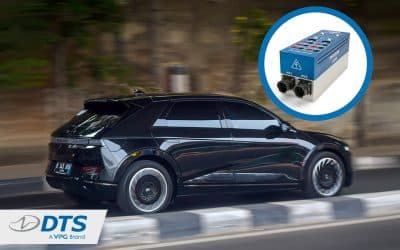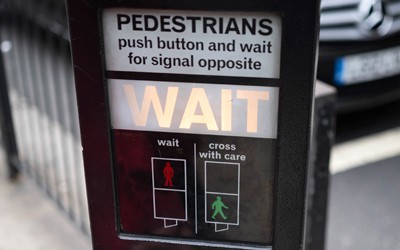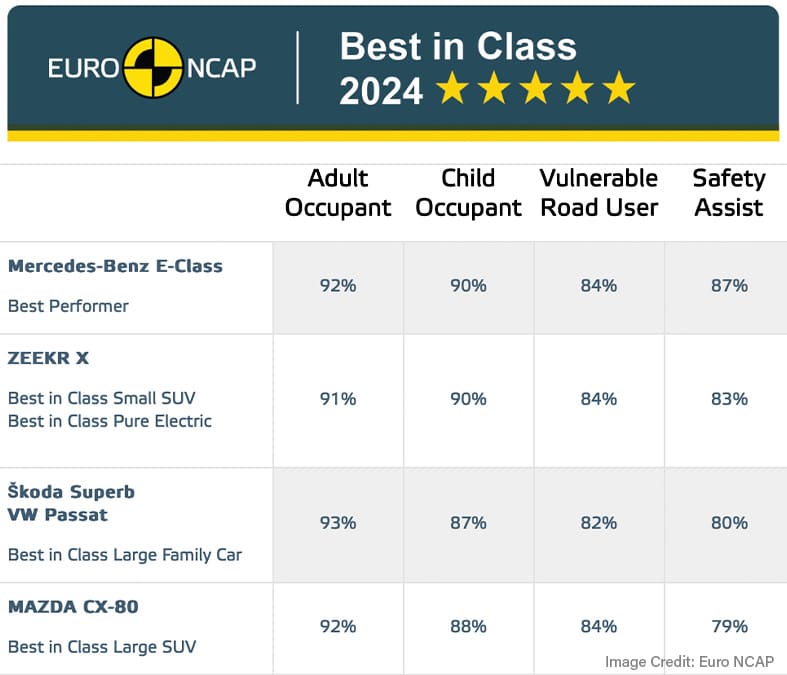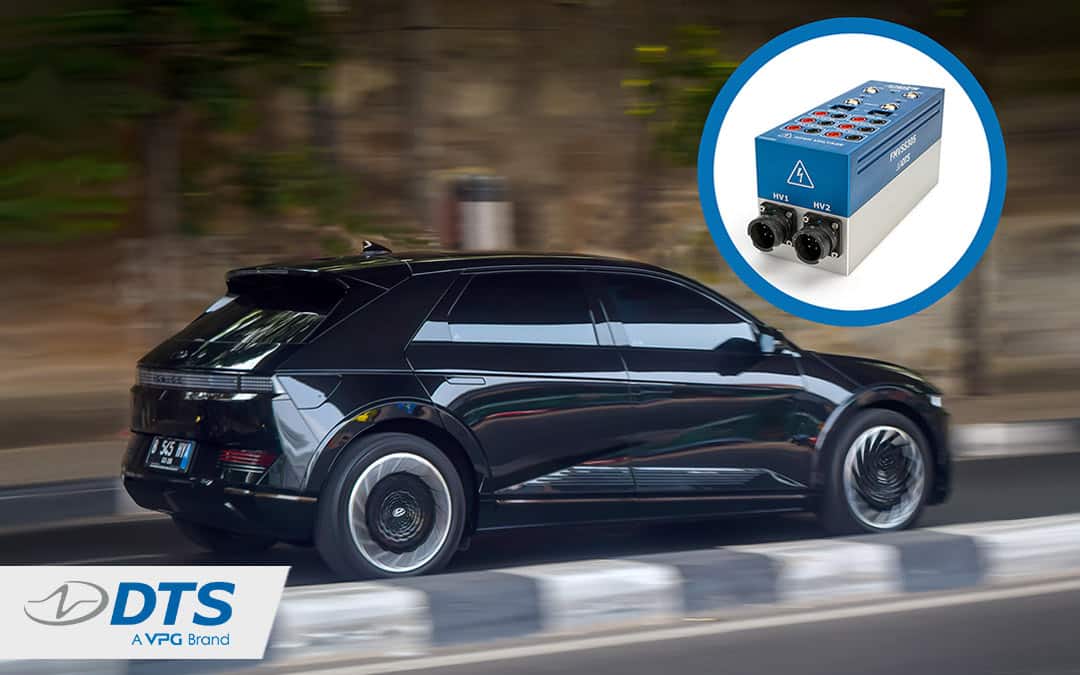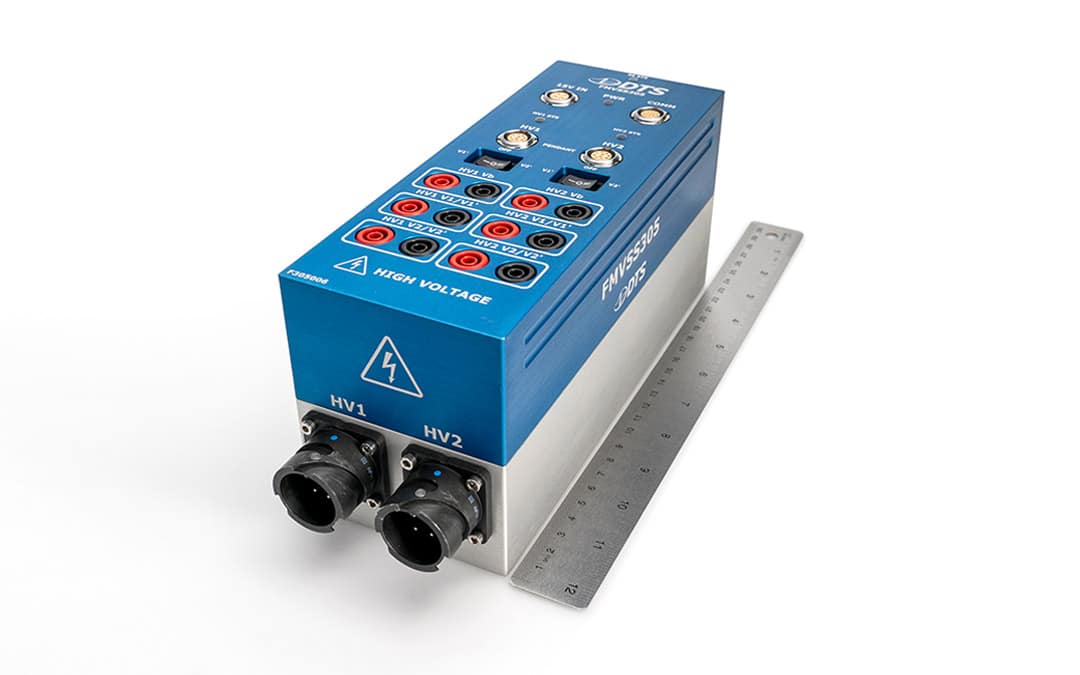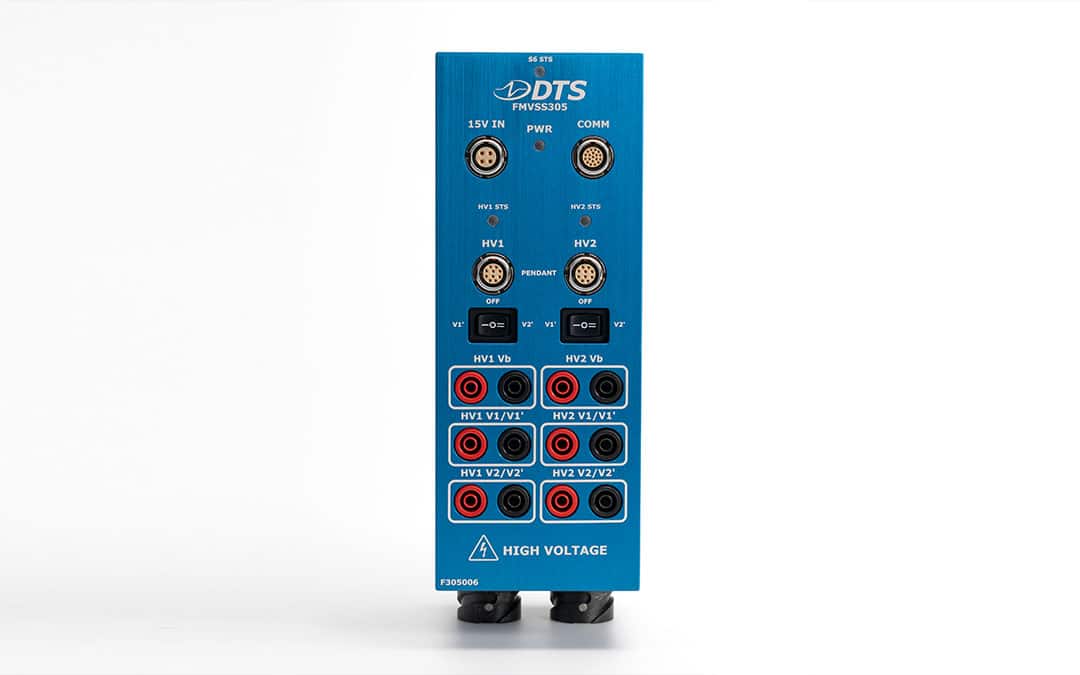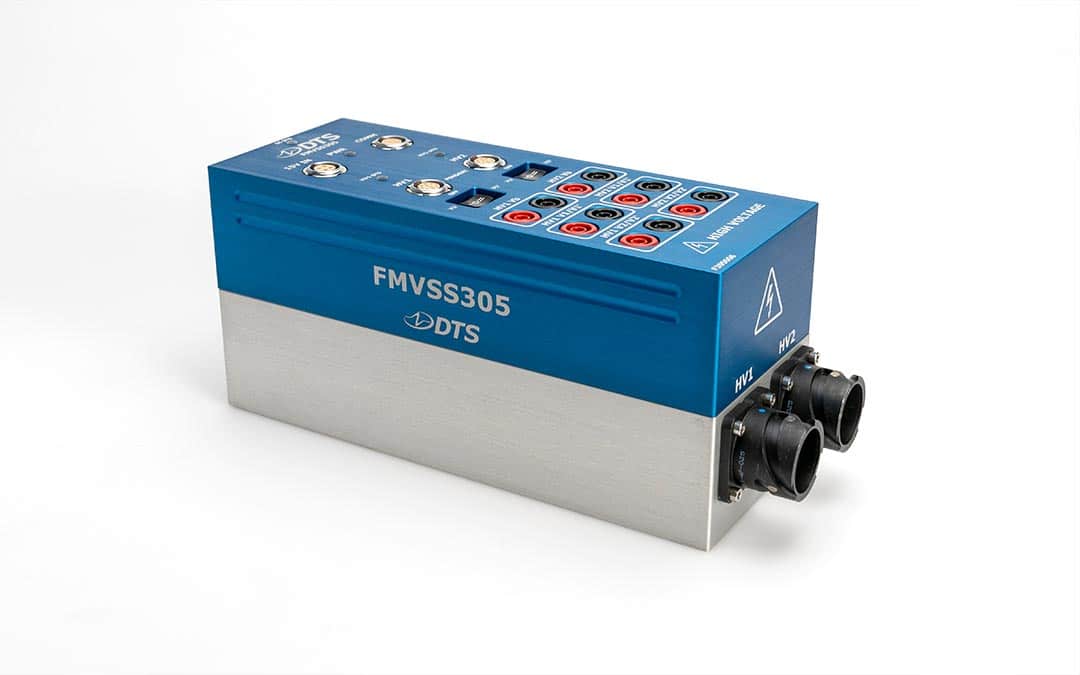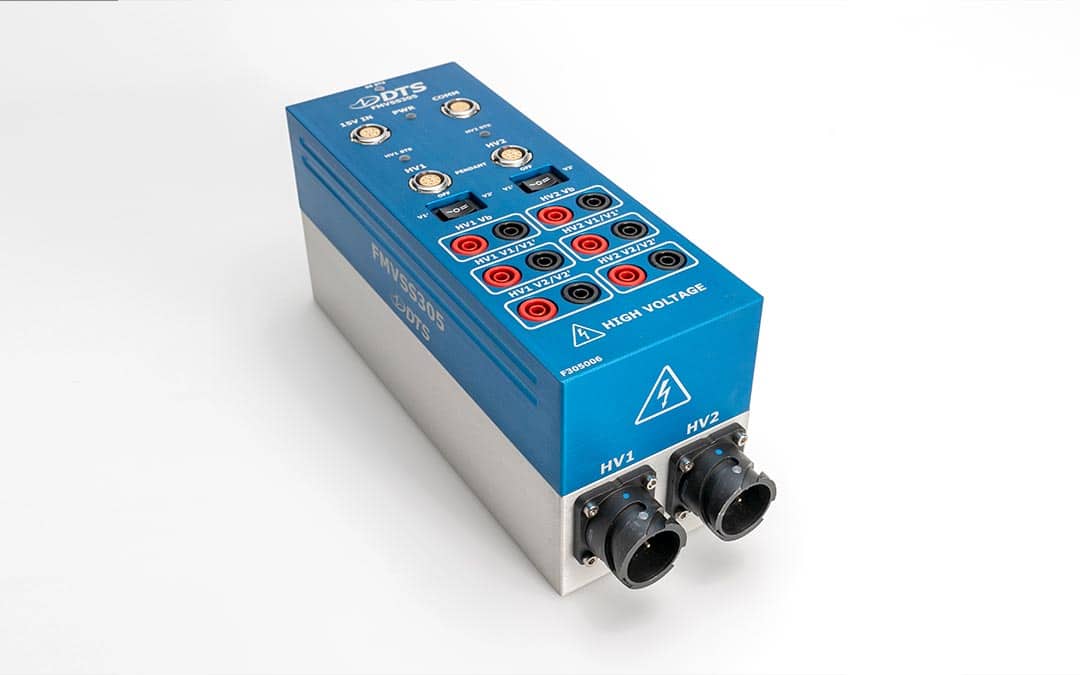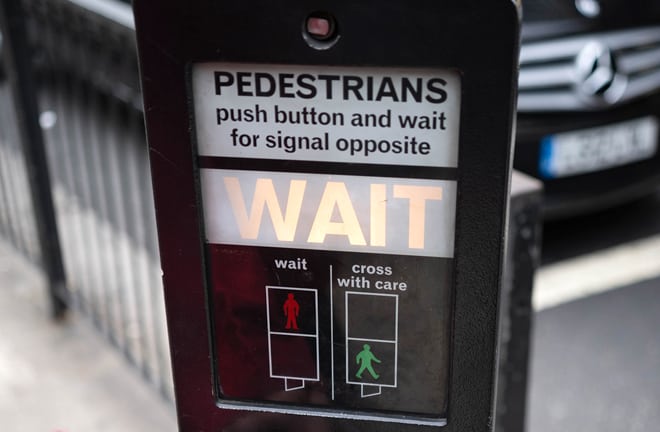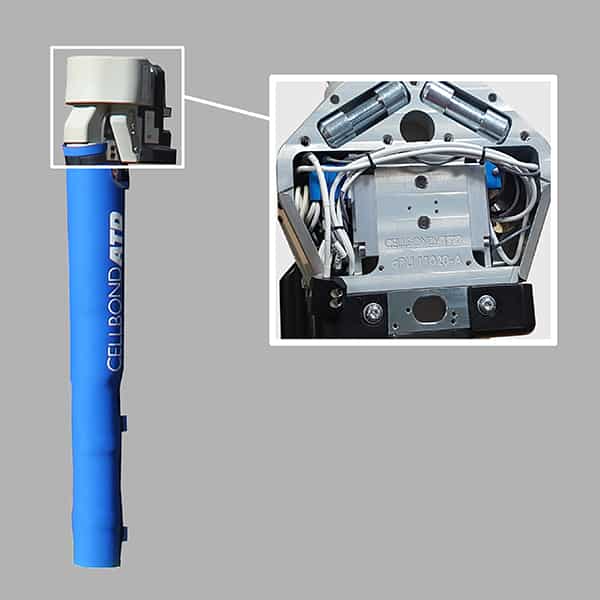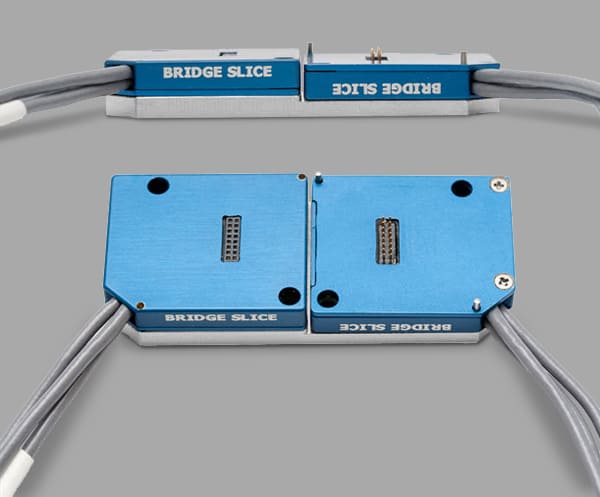DTS DAQ & sensors are used worldwide to support a variety of NCAP regulation testing, including our SLICE6 in-dummy DAS solutions for occupant safety testing.
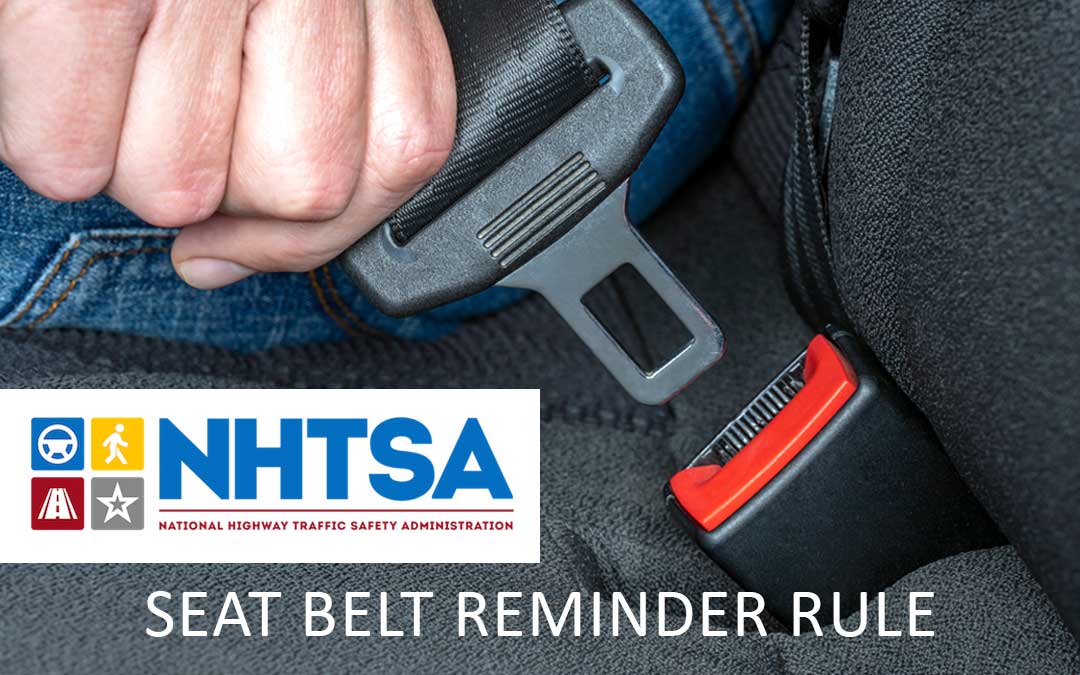
NHTSA finalizes Seat Belt Reminder Rule to increase Seat Belt Use

NHTSA finalizes Seat Belt Reminder Rule to increase Seat Belt Use
DTS offers testing solutions designed specifically for airbag & pretensioner testing
Final rule is estimated to save about 50 lives annually by adding a seat belt warning requirement for rear seats and enhancing warnings for driver and front passenger seats
The U.S. Department of Transportation’s National Highway Traffic Safety Administration finalized a rule requiring seat belt use warnings for rear seats and enhanced warnings for driver and front passenger seats, a significant action aimed at increasing seat belt use and preventing injury and death in a crash. NHTSA estimates this new rule will prevent more than 500 injuries and save about 50 lives every year, once fully implemented.
The final rule amends Federal Motor Vehicle Safety Standard No. 208, “Occupant crash protection,” which previously required a seat belt warning only for the driver’s seat. The new requirements apply to passenger cars, trucks, buses with the exception of school buses, and multipurpose passenger vehicles with a gross vehicle weight rating up to 10,000 pounds.
Manufacturers must meet the enhanced front seat belt warning system requirements on new vehicles starting Sept. 1, 2026. The rear seat belt warning system will be required on new vehicles as of Sept. 1, 2027. Manufacturers are welcome to comply with the rule before these deadlines.
“Wearing a seat belt is one of the easiest and most effective ways to prevent injury and death in a vehicle crash,” NHTSA Chief Counsel Adam Raviv said. “While seat belt use has improved for decades, there’s still more we can do to make sure everyone buckles up. These new requirements will help to increase seat belt use, especially for rear seat passengers, by enhancing reminders for vehicle occupants to buckle up.”
Seat belt warning systems, also called reminder systems, use visual and audible alerts to encourage seat belt use. Usage rates for rear seat passengers have consistently been below those for the front seats, with front seat belt use at about 91.6% and rear seat belt use at about 81.7% in 2022. Approximately half of all passenger vehicle occupants who died in crashes in 2022 were unbelted, according to data from NHTSA’s Fatality Analysis Reporting System.
NHTSA has finalized a significant number of safety initiatives aimed at reducing traffic deaths, such as a new requirement for passenger cars and light trucks to come equipped with automatic emergency braking systems, including pedestrian AEB, by 2029. The agency also finalized significant updates to its 5-Star Safety Ratings program, known as the New Car Assessment Program, that include new advanced driver assistance technologies, a crashworthiness pedestrian protection program, and a roadmap for future program changes over the next 10 years. These initiatives support the Department’s National Roadway Safety Strategy, launched in January 2022, which provides a roadmap to achieving the only acceptable number of deaths on our roads: zero.
More Information: nhtsa.gov/press
Author/Source: NHTSA
The text, images, graphics, sound files, animation files, video files and their arrangement on the news sites are all subject to Copyright and other intellectual property protection. The author resp. the authors can be find on the more information link.
Related Articles
Euro NCAP revealed its Best in Class cars – Safest Models 2024
New High-Voltage Recording Device Streamlines FMVSS305 Testing for Electric Vehicles
DTS, a leading provider of crash test solutions, announces the release of a new high-voltage recording device specifically designed for FMVSS305 testing of new energy vehicles (NEVs).
New aPLI Advances Pedestrian Safety
According to the World Health Organization, more than 5,000 pedestrians are killed each week worldwide. The Governors Highway Safety Association reported that pedestrian fatalities in the USA have risen by 41% since 2008 – the highest in 30 years.



